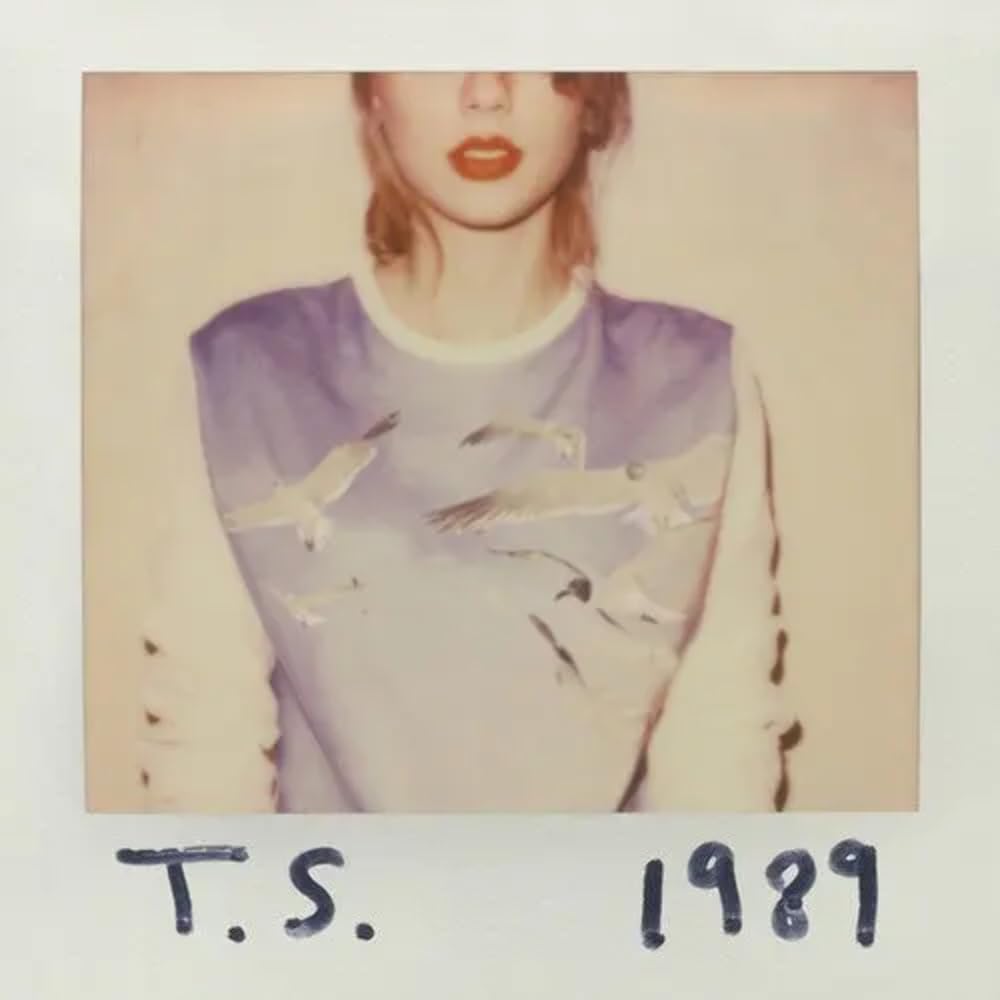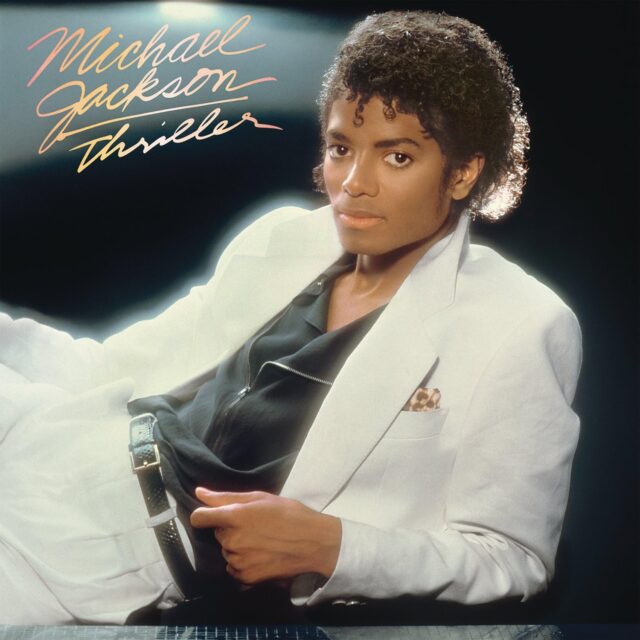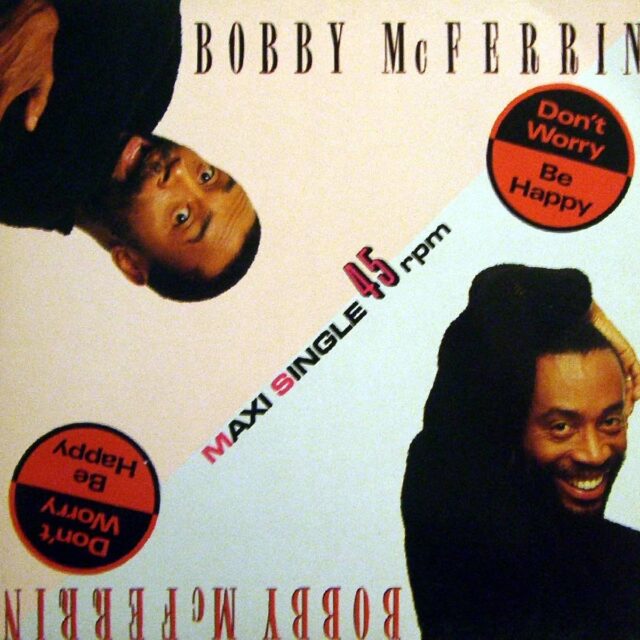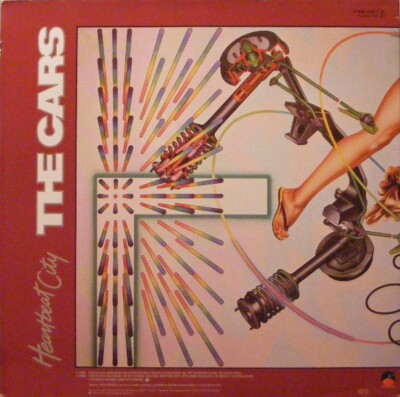Taylor Swift’s 2012 Red album bridged the line between country music and pop music. “At a certain point, if you chase two rabbits, you lose them both,” Swift stated.
With her follow-up 1989 in 2014, Swift made her choice. She left one rabbit behind to chase pop. The album birthed a sound that was, as she described it, something “like nothing, like anything I had done.”
Scott Borchetta, head of the label at Big Machine Records, suggested to her, “This is extraordinary. It’s the best album you’ve ever done. Can you just give me three country songs?” In response, Swift stated, “Love you, mean it. But this is how it’s going to be.”
This seems similar to what Bob Dylan experienced when he went electric on July 25, 1965.

Announced on August 18, 2014 during a worldwide live stream on Yahoo! and ABC News, Swift said, “I spent two years making 1989. Two years gives you enough time to grow and change and let things inspire you. I was listening to a lot of late ’80s pop music and how bold those songs were and how that time period was a time of limitless possibilities. In thinking about that, this album is a rebirth for me. This is my very first documented, official pop album. 1989 is the most sonically cohesive album I have ever made and my favorite album I have ever made.”
The lead single, “Shake It Off,” produced by Max Martin and Shellback, was released the same day, with the live in-studio and on-air audiences dancing to the song as it was heard for the first time. The full album 1989 followed on Monday, October 27.
“1989 is such a different album than Red,” said Swift. “It was a very devastated record. It was about dealing with an intense heartbreak, and 1989 is about the phase after that where you brush yourself off and you’re okay, and you write about what your life is like then.”
Leading up to “Shake It Off” and 1989, Swift had established herself as a dominant artist. Her 2008 album Fearless spent 11 weeks at number one and made her the youngest Album of the Year Grammy winner at age 20. Singles like “Love Story” and “You Belong with Me” bridged country and pop audiences, with “Love Story” topping Billboard’s Adult Contemporary chart and reaching No. 4 on the pop chart.
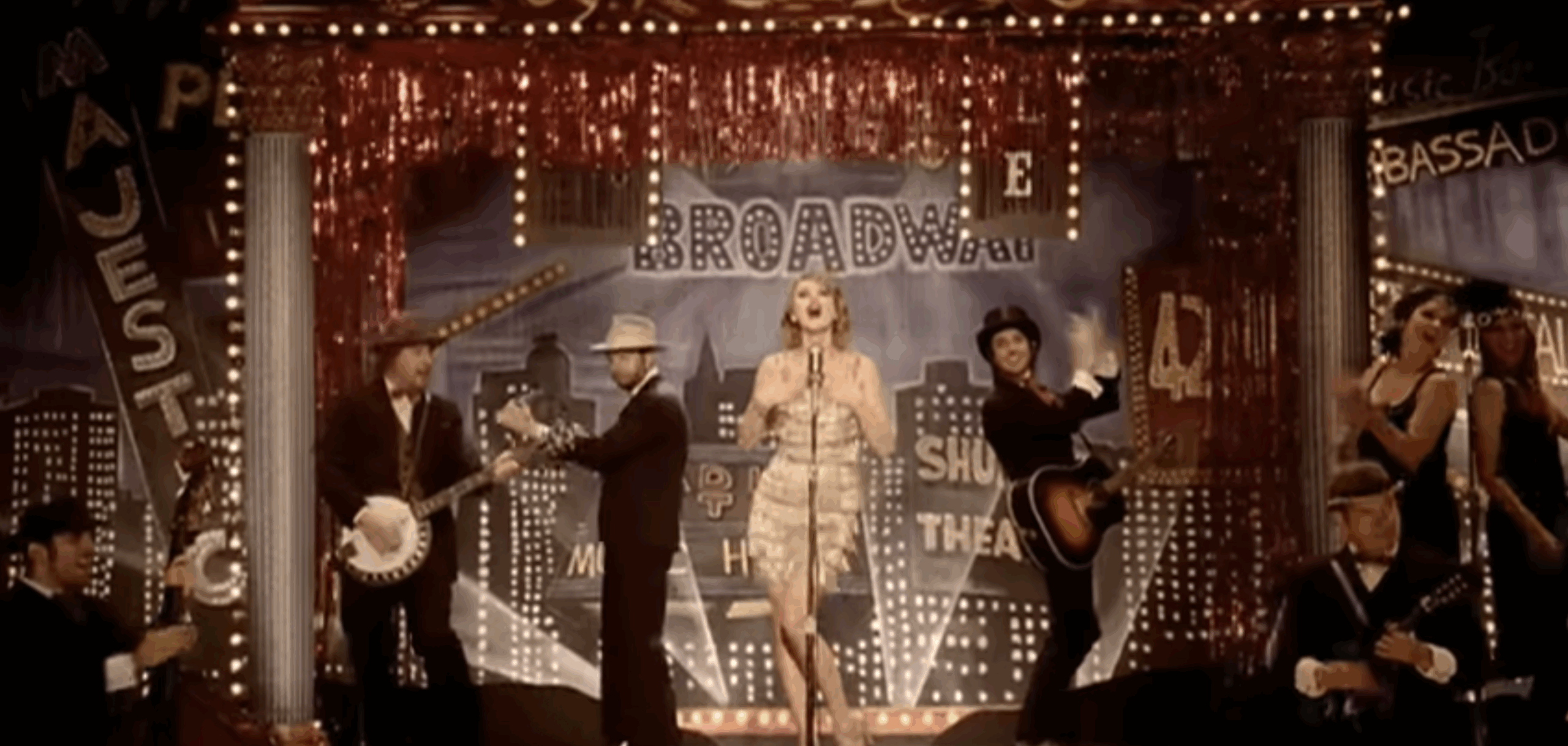
Swift’s 2010 Speak Now album, led by the single “Mean,” which is about overcoming harsh judgment, reinforced her songwriting credibility as it was entirely self-written and spent 11 weeks at number one on the US Billboard 200 chart.
With Red in 2012, the era before 1989, Swift chased those two rabbits and created songs like “We Are Never Ever Getting Back Together” and “I Knew You Were Trouble” with pop producers Max Martin and Shellback.
If you asked the Taylor Swift of October 2013 who she was as a songwriter, she would say, “I’m always going to be a girl who writes songs in her bedroom in my own personal perception of myself. And I think it’s important that I don’t necessarily think too hard about what everybody else’s perception of me is, or else I’d just get completely lost in it. It’s just easier to think of myself that way.”
“I think the goal for the next album is to continue to change, and never change in the same way twice,” said Swift. “How do I write these figurative diary entries in ways that I’ve never written them before and to a sonic backdrop that I’ve never explored before? It’s my fifth album, which is crazy to think about, but I think what I’m noticing about it so far is it’s definitely taking a different turn than anything I’ve done before.”
By 2014, Swift had proven her ability to reinvent herself. In February, she decided to cut her hair, and in March moved from Nashville to New York City (foreshadowed in “Mean”), both signals that symbolized her artistic rebirth and independence.
Leading up to the release of her next album, Swift had captured global attention, with both her music and personal life closely followed and discussed. The anticipation was immense, especially from her expanding fanbase known as the “Swifties.”
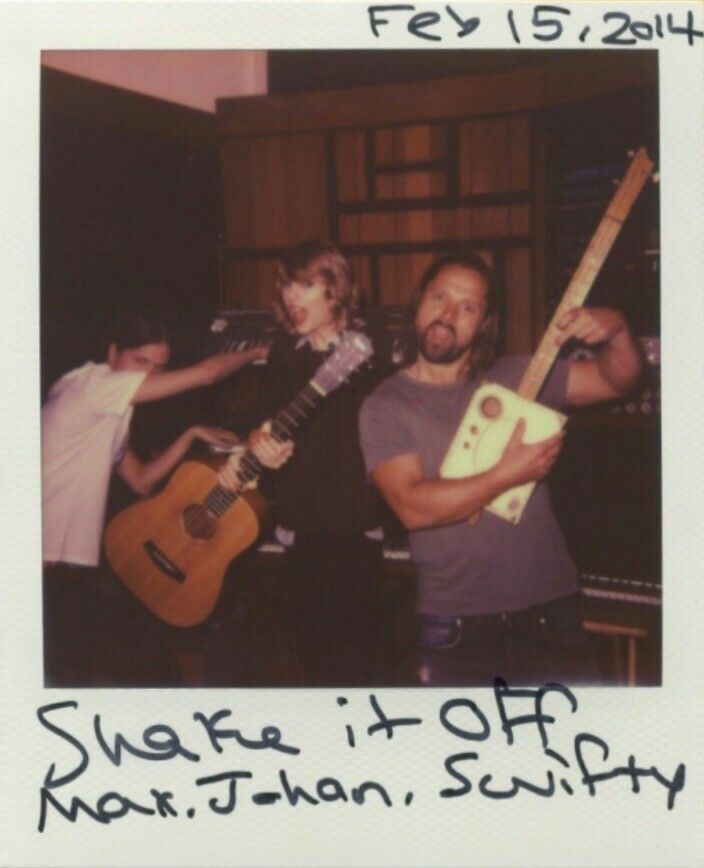
Swift started writing “Shake It Off” on Friday, February 14, 2014, with Max Martin and Shellback at Conway Recording Studios in Los Angeles, California.
Eight days later, on February 22, Swift wrote a journal entry, noting, “This week I’ve been in the studio with Max and Johan every day, and it has been the most creatively successful and fulfilling time. The first day, Johan just made a really up-tempo drum beat because we decided we needed something up and light. We worked at it for a few hours before I just started singing ‘shake it off, shake it off, shake it off.’ And then the best way I know how to describe it is that the chorus just fell out of the sky. It ended up being this song about doing your own thing even though haters are gonna hate, and you just have to dance to your own beat. We all went home and I wrote the first and second verses and brought them in the next day. We wrote this chant-y cheerleader bridge that I absolutely LOVE. We spent all day doing vocals and the next day recording the background vocals. I think it’ll end up being the first single, and Max said it’s his favorite song he’s ever been a part of.”
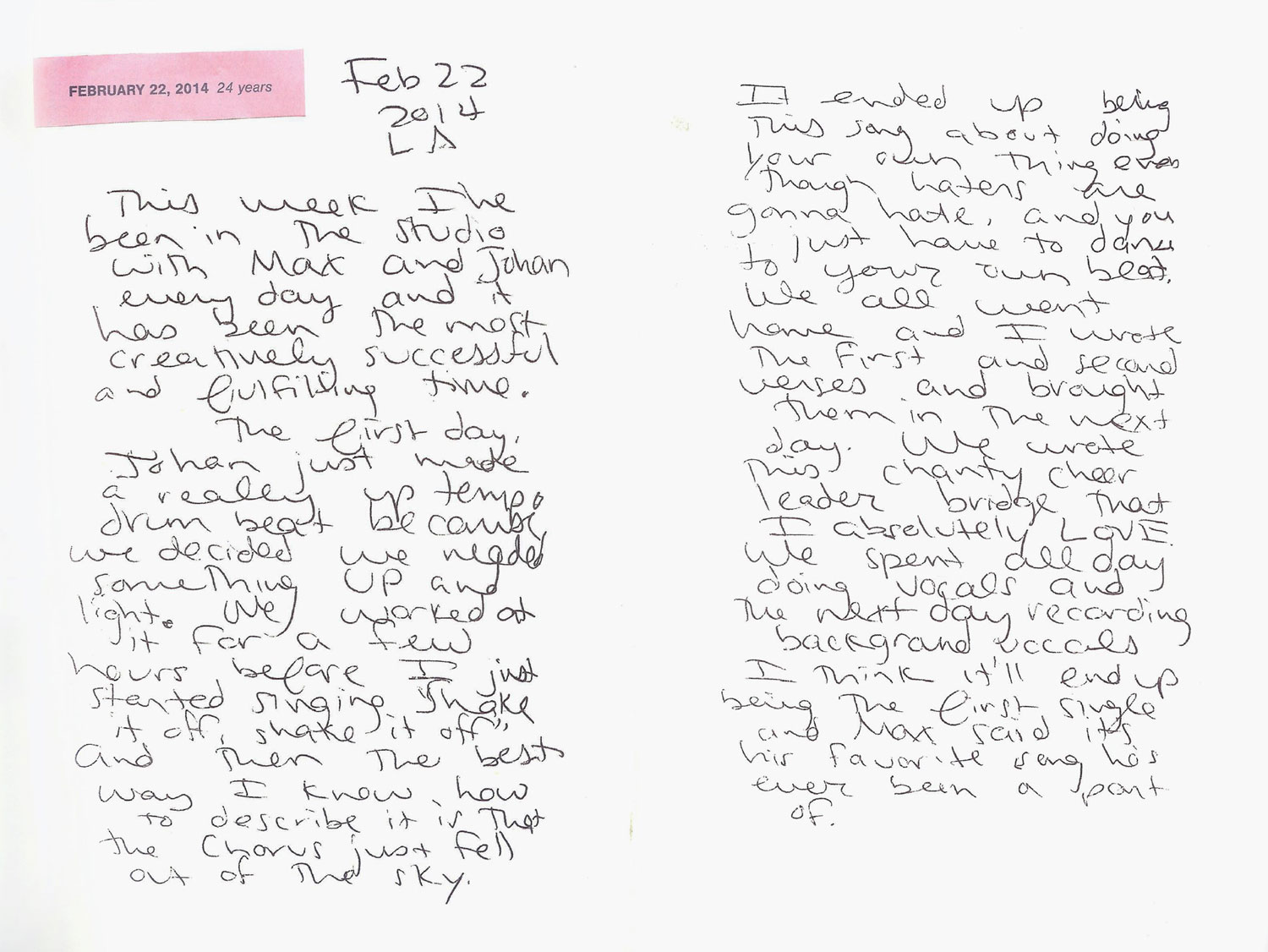
Lyrically: Shake It Off by Taylor Swift
“Over the last few years I’ve learned a very important lesson. We cannot control what people say about us, but we can control how we react to it. We can let it get to us, make us bitter, even drive us insane, or we can shake it off,” said Swift in a press release to announce her latest song, “Shake It Off.”
While the song was directed at her critics, Swift’s uncanny ability to create a connection with several audiences in the most human way possible is evident when she stated, “I want this song to go out in the world and not be about my critics. I want it to be about the girl who’s criticizing someone in 11th grade because she thinks that her hair looks stupid, and that girl then goes and cries in the bathroom because of it. These are things that we go through in every phase of our life. You start a new job and there’s just someone who has it out for you. I hope that, you know, I had a lot of days where I would come home from school and get in the car and my mom would try so hard to console me because someone had made fun of me or someone had said something about me or not invited me to something I was dying to go to. She would always try to find songs that would bring me out of that, and music always helped distract me from that. So I think my greatest hope is that this started out being about my life, and I just wanted it to go out into cars and speakers and earphones and become about their lives.”
“The message in the song is a problem I think we all deal with and an issue we deal with on a daily basis. We don’t live just in a celebrity takedown culture; we live in a takedown culture. People will find anything about you and twist it to where it’s weird or wrong or annoying or strange or bad. You have to not only live your life in spite of people who don’t understand you, you have to have more fun than they do,” said Swift.
Swift chose a life of autobiographical, confessional songwriting. Her catalog led her to a meteoric rise to global fame, which merged the line between her professional work and personal life, turning her into a subject for the general public to constantly discuss. It was no longer just about her music, but her travels, friendships, romantic relationships, what she wore and what she ate.
I stay out too lateGot nothing in my brainThat’s what people say, mm-mmThat’s what people say, mm-mm
I go on too many datesBut I can’t make ’em stayAt least that’s what people say, mm-mmThat’s what people say, mm-mm
“I’ve had every part of my life dissected, my choices, my actions, my words, my body, my style, my music,” Swift stated. “When you live your life under that kind of scrutiny, you can either let it break you, or you can get really good at dodging punches. And when one lands, you know how to deal with it. And I guess the way that I deal with it is to shake it off.”
But I keep cruisin’Can’t stop, won’t stop movin’It’s like I got this music in my mindSayin’, “It’s gonna be alright”
“This song was something I wrote as a coping mechanism for what I deal with. Like, I can’t walk to the grocery store without some element of it being scrutinized. That’s not just my life, that’s everywhere,” said Swift. “Question is, how do you deal with that without getting in fights all the time, becoming bitter? You have to learn how to shake things off. Even now, like after the song’s out, when I feel upset about something sometimes I’ll go and listen to that song and be like, you wrote this, you have to live by it. You have to learn to let things go.”
Lyrically, the song offers a simple approach when facing criticism and conflict. Learn to let things go and trust that “It’s gonna be alright.” You have to keep cruisin’ and movin’.
‘Cause the players gonna play, play, play, play, play
And the haters gonna hate, hate, hate, hate, hate
Baby, I’m just gonna shake, shake, shake, shake, shake
I shake it off, I shake it off (whoo-hoo-hoo)
Heartbreakers gonna break, break, break, break, break
And the fakers gonna fake, fake, fake, fake, fake
Baby, I’m just gonna shake, shake, shake, shake, shake
I shake it off, I shake it off (whoo-hoo-hoo)
No matter who is coming at you, whether it be the players, haters, heartbreakers, and fakers, you just have to “shake it off.” Swift stated, “You can shake really anything. There’s so many things. Hair, hands, hips, ankles,” showing there are many ways to “let things go” and to find the energy needed to move forward.
The song shifts from all the chatter to the reinvented Taylor Swift, a person in control, confident, quick, and energetic in her ever-changing direction.
I never miss a beat
I’m lightnin’ on my feet
And that’s what they don’t see, mm-mm
That’s what they don’t see, mm-mm
I’m dancin’ on my own (dancin’ on my own)
I make the moves up as I go (moves up as I go)
And that’s what they don’t know, mm-mm
That’s what they don’t know, mm-mm
Swift, and in turn, anyone who listens and adopts the message of the “Shake It Off,” can become the master of their own affairs.
Hey, hey, hey
Just think while you’ve been getting down and out about the liars and the dirty, dirty cheats of the world,
You could’ve been getting down to this sick beat.
The tone shifts as if Swift is directly speaking to you, connecting with and somewhat interrupting your thoughts as a reminder that dwelling on negativity from “liars” and “dirty cheats” serves no purpose and will only bring you down emotionally. Instead, what should be focussed on is “getting down to this sick beat” by engaging with the present moment and enjoying it.
Swift demonstrates her lyrical skill of crafting personal experiences into relatable moments. Like talking with a good friend, she accomplishes this through the story involving the ex-man, new girlfriend, and the “fella with the hella good hair.” She lays down an example of how to exactly “shake it off” and to “keep movin’.”
My ex-man brought his new girlfriend
She’s like, “Oh my God!” but I’m just gonna shake
And to the fella over there with the hella good hair
Won’t you come on over, baby? We can shake, shake, shake (yeah)
Yeah, oh, oh
The final chorus and post-chorus repeat the central message of letting things go and confidently moving forward, but with one major inclusion. Swift actively encourages listeners to embrace her approach. With the lyrics, “I, I, I shake it off, I shake it off (you got to),” the addition of “you got to” makes the message personal and empowering, inviting everyone to participate.
“It’s not just me who deals with gossip. It’s not just me who deals with, kind of, how human beings treat each other on a day-to-day basis,” said Swift. “It’s happening to everyone everywhere, so I figured why not make a song that is about dealing with that, letting go of it, and comes from a place of strength, and also makes people want to dance.”

